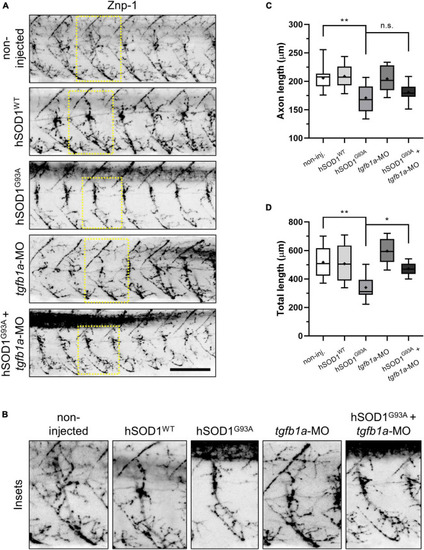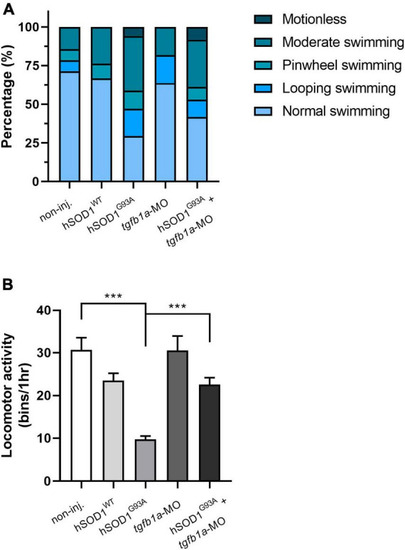- Title
-
Knockdown of tgfb1a partially improves ALS phenotype in a transient zebrafish model
- Authors
- Gonzalez, D., Cuenca, X., Allende, M.L.
- Source
- Full text @ Front. Cell. Neurosci.
|
Knockdown of |
|
Knockdown of |


